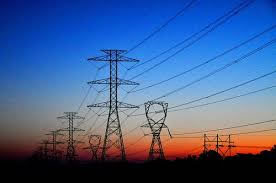GE Working on Robot That It Says Can Save $200 Billion of Power
 Anna Hirtenstein for Bloomberg: General Electric Co. is working on a way to use artificial intelligence in electricity grids, a technology that it expects will save $200 billion globally by improving efficiency.
Anna Hirtenstein for Bloomberg: General Electric Co. is working on a way to use artificial intelligence in electricity grids, a technology that it expects will save $200 billion globally by improving efficiency.
“We’re also putting a lot into the machine learning side, a lot,” said Steven Martin, chief digital officer at GE’s energy connections business, at an interview at the Bloomberg New Energy Finance summit in London. “We have a lot of people working on this.”
The technology would optimize how electricity flows in and out of storage devices such as batteries and points of consumption, in real time. This is expected to significantly increase the efficiency of the grid and save consumers money.
Researchers are looking into how so-called machine learning can be integrated into businesses from healthcare to computing, and now energy. The industry is going through rapid changes as everything from power plants to home electricity systems move towards digitization.
“This is an industry that needs infinite disruption,” Martin said. He worked at a number of start-ups in Silicon Valley and Microsoft Corp. before joining GE last year. Full Article:
Comments (0)
This post does not have any comments. Be the first to leave a comment below.
Featured Product

